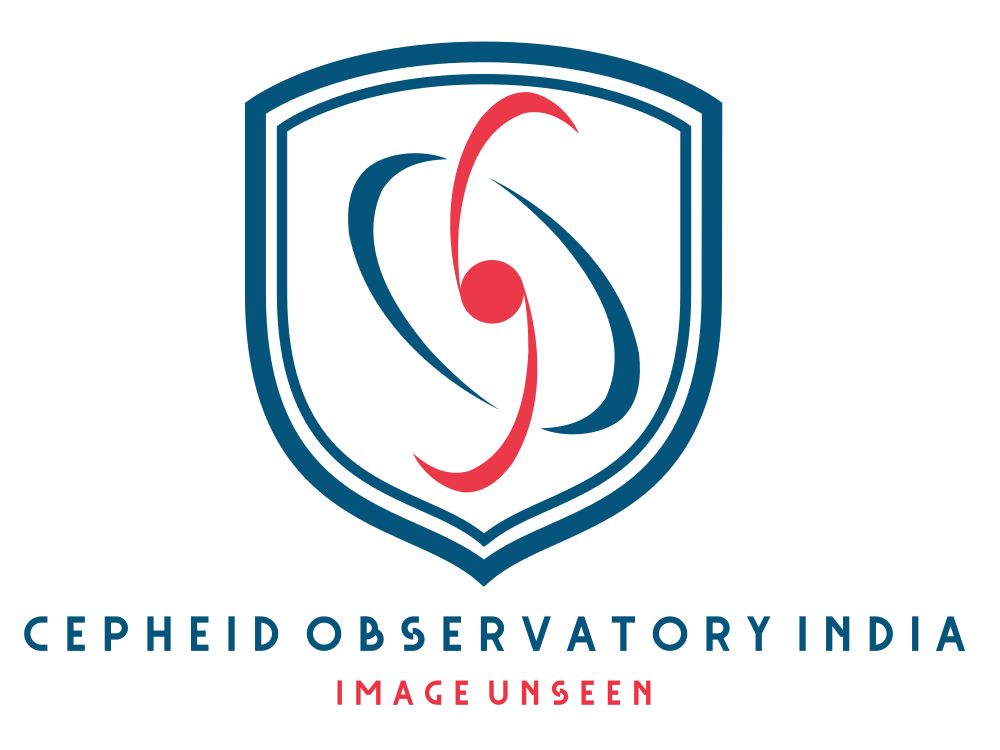Our minimal contribution appeared here!. International Churyumov readings “CAMMAC-2020”.
THE DISINTEGRATIONS OF COMETATLAS BY OBSERVATIONS IN TAJIKISTAN AND INDIA:
G.I.Kokhirova1, О.V.Ivanova2,3,4, F.Dzh.Rakhmatullaeva1,S.Borysenko3, V.K.Agnihotri5, A.M. Buriev1.1. Institute of Astrophysics of the National Academy of Sciences of Tajikistan,2. Astronomical Institute of the Slovak Academy of Sciences,3. Main astronomical observatory of the National Academy of Sciences of Ukraine,4. Astronomical Observatory named after T. ShevchenkoKyiv National University5. Cepheid Observatory, Rawabhata Via Kota,Raj, India
E-mail:rahmat.firuza@gmail.com
Long-period comet C/2019Y4 (Atlas) discovered 28 on December 2019, has passed the perihelion on May 31, 2020.At the end of March 2020, observations by the Hubble Space Telescope were registered the disintegrations ofthe comet’s nucleus into several fragments. To study the nuclear fragmentation observations of comet C/2019Y4(Atlas)in the Cepheid Observatory of India, the International Astronomical Observatory Sanglokh (IAOS)and the Hissar Astronomical Observatory (HissAO) of the Institute of Astrophysics of the National Academy of Science of Tajikistanwere out carried in March-April 2020.Some physical properties of the main nucleus fragment were evaluated using the photometric measurements of comet images.These data confirm the disintegrations of the comet’s nucleus. The coordinates of the comet were determined, the orbit was calculated.and it was shown that the disintegration of the nucleus did not affect the stability of the orbit of the main.Key words: comet, photometry, light curve, astrometry, nucleus, coordinates, orbit. Page35/36 https://cammac.univ.kiev.ua/book-of-abstracts
